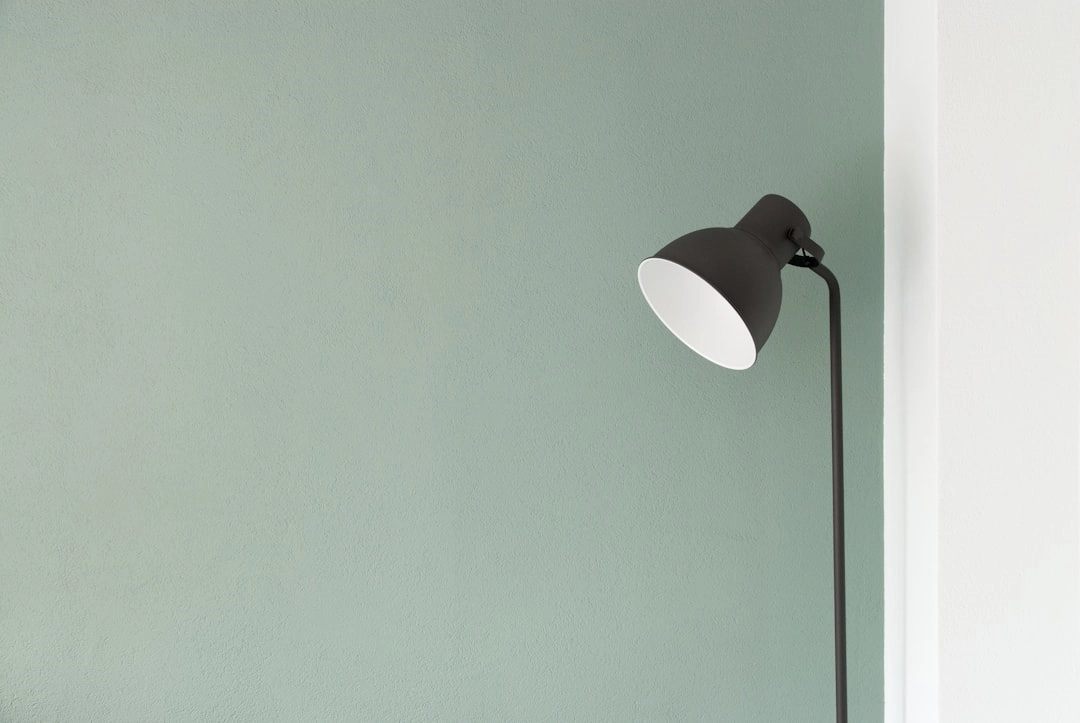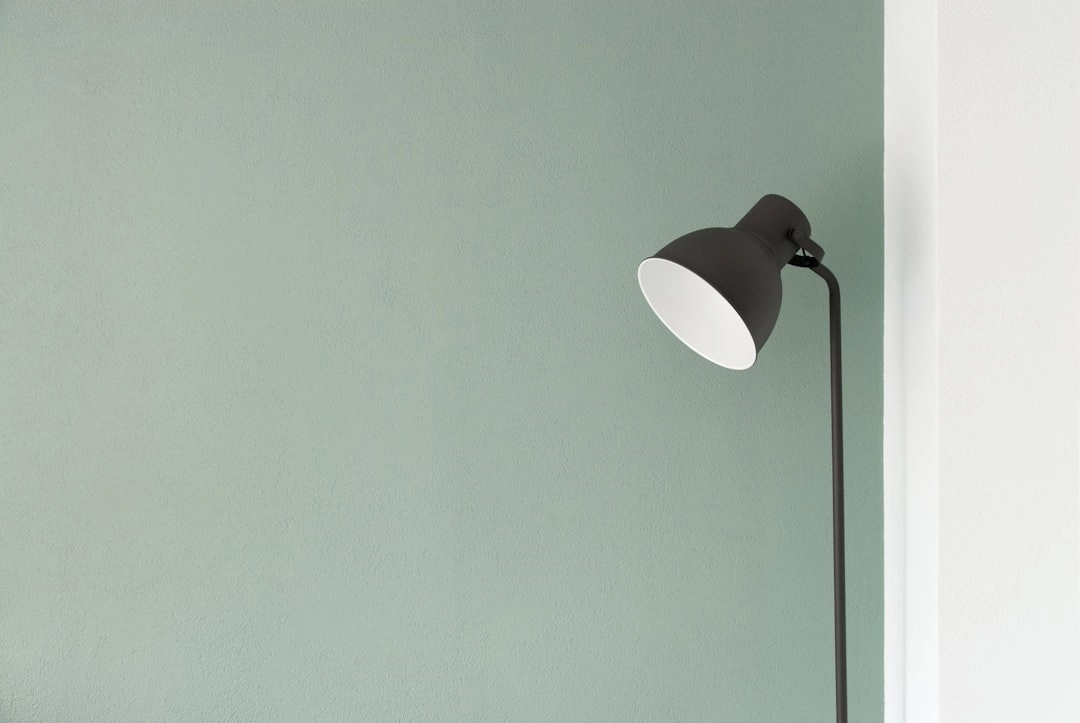What is Eco-Friendly Techniques in Interior Design: Creating Sustainable and Stylish Spaces?
Eco-friendly techniques in interior design involve using sustainable materials, implementing energy-efficient practices, and promoting environmentally conscious choices when designing and decorating spaces. This approach aims to minimize negative impacts on the environment and human health while creating aesthetically pleasing and functional interiors.
Real-World Problems Associated with Eco-Friendly Techniques in Interior Design
Although eco-friendly interior design offers numerous benefits, it also faces several real-world challenges. These challenges include:
1. Limited availability of eco-friendly materials:
Finding sustainable materials that meet the design requirements and aesthetic preferences of clients can often be difficult. Many eco-friendly materials are still not widely available in the market, limiting the choices for interior designers.
2. Higher upfront costs:
Implementing eco-friendly techniques can require a higher initial investment compared to conventional design practices. The cost of sustainable materials, energy-efficient systems, and environmentally friendly technologies may deter some clients from choosing eco-friendly solutions.
3. Lack of awareness and education:
Many clients may have limited knowledge about eco-friendly interior design practices or may not fully understand the long-term environmental benefits. Educating clients and raising awareness about sustainable design choices is crucial for widespread adoption.
4. Balancing aesthetics and sustainability:
One of the challenges in eco-friendly interior design is finding a balance between aesthetics and sustainability. It can be challenging to create visually appealing spaces while adhering to strict environmental standards and using sustainable materials.
5. Changing industry norms and practices:
The interior design industry traditionally prioritizes aesthetics and trends over sustainability. Shifting the industry norms and practices towards eco-friendly design requires collective effort and a change in mindset.
By addressing these real-world problems and finding innovative solutions, eco-friendly techniques in interior design can gradually become the norm rather than the exception, leading to a more sustainable and stylish built environment.

Solutions for Eco-Friendly Techniques in Interior Design
To overcome the real-world problems associated with eco-friendly techniques in interior design and promote sustainable and stylish spaces, the following solutions can be implemented:
1. Increasing availability of eco-friendly materials:
Efforts should be made to expand the production and availability of sustainable materials in the market. This can be achieved through increased research and development, collaborations between designers and manufacturers, and creating demand for eco-friendly materials.
2. Promoting financial incentives:
Governments and organizations can provide financial incentives, such as tax breaks or subsidies, to encourage clients to choose eco-friendly interior design options. This can help offset the higher upfront costs associated with sustainable materials and energy-efficient systems.
3. Education and awareness campaigns:
Educating both designers and clients about the benefits of eco-friendly interior design is crucial. This can be done through workshops, seminars, and awareness campaigns that highlight the positive environmental impacts, cost savings, and improved indoor air quality associated with sustainable practices.
4. Collaboration within the industry:
Interior designers, architects, manufacturers, and other industry professionals should collaborate to develop sustainable design guidelines and standards. This can ensure that aesthetics and sustainability are integrated seamlessly, creating visually appealing and eco-friendly spaces.
5. Advocacy and policy changes:
Advocacy groups and professionals in the industry can work together to advocate for policy changes that prioritize eco-friendly interior design. This can include promoting sustainable building certifications, encouraging sustainable practices in building codes, and creating awareness about the environmental impact of conventional design choices.
By implementing these solutions, it is possible to overcome the challenges associated with eco-friendly techniques in interior design and create a more sustainable and stylish built environment for future generations.













